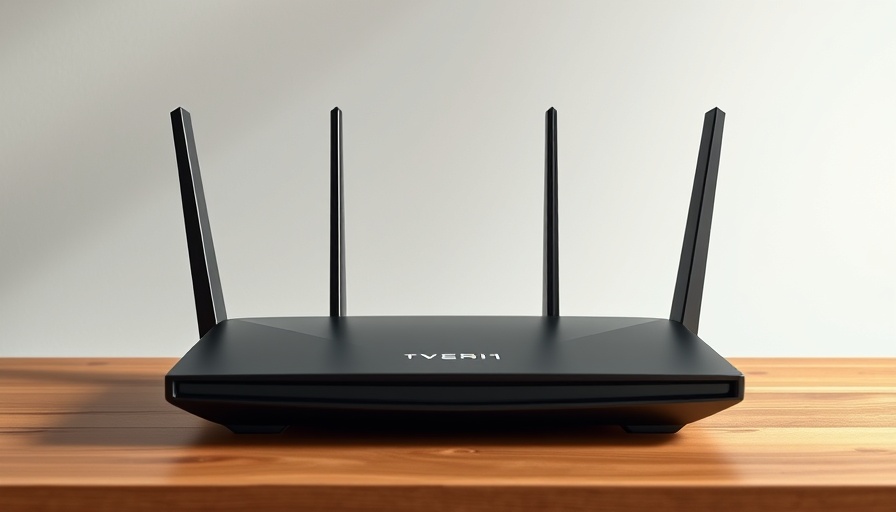
Understanding the Cybersecurity Risks of Remote Work
As hybrid and remote work environments become a norm in the workplace, cybersecurity risks are increasingly coming into focus. With over half of U.S. employees engaging in hybrid work and nearly 30% working entirely remotely, these arrangements create diverse opportunities and challenges for IT security teams. Remote work expands the attack surface, leading to potential vulnerabilities that organizations must address to safeguard their data and operations.
The Shift to Remote Work: What You Should Know
The pandemic forced companies worldwide to adapt rapidly to remote working conditions. Organizations had to rethink their cybersecurity protocols to accommodate a workforce that was suddenly accessing critical business systems from various locations, often outside secure office environments. According to insights shared by cybersecurity experts, companies learnt hard lessons during the drastic shift — lessons that have led to improved defenses and strategies. However, many organizations still grapple with the challenges posed by AI-driven cyberattacks, which can compromise data integrity and confidentiality at alarming rates.
Top Cybersecurity Risks in Remote Work Settings
Research indicates several key issues that arise with remote work:
Larger Attack Surfaces: Home networks are generally less secure than corporate environments, making them prime targets for cybercriminals.
Limited Oversight of Data Use: Employees working remotely may not adhere to rigid data protocols, increasing the risk of data breaches.
AI-Powered Attacks: With cybercriminals employing sophisticated AI tools, traditional defenses might be insufficient in combating these enhanced threats.
Vulnerable Enterprise Technologies: Legacy systems that lack the necessary updates and security measures are particularly susceptible to breaches.
Strategies for Mitigating Cybersecurity Risks
Given the evolving nature of threats, organizations must equip themselves with effective strategies to enhance their cybersecurity posture. Here are key preventative measures:
Robust VPN Connections: Implementing secure virtual private networks (VPNs) ensures encrypted connections between remote workers and corporate resources.
Regular Security Training: Educating employees about cybersecurity best practices helps to build a culture of security awareness. Regular updates and training can mitigate the risk of human error.
AI Threat Detection: Investing in AI-based security measures allows for more efficient threat detection and response, reducing the reaction time against potential attacks.
Regular Update Policies: Updating software and systems regularly is critical to closing vulnerabilities that could be exploited by cyberattacks.
Conclusion: A Call for Proactive Cybersecurity Measures
The transition to remote work embodies a significant shift in workplace dynamics but also highlights the importance of cybersecurity. Organizations should treat cybersecurity as a vital component of their operational strategy, recognizing it not just as a technical issue but as a critical business enabler. By proactively implementing robust security measures, companies can mitigate the risks associated with remote work and safeguard their assets in an increasingly digital world.
 Add Row
Add Row  Add
Add 




Write A Comment